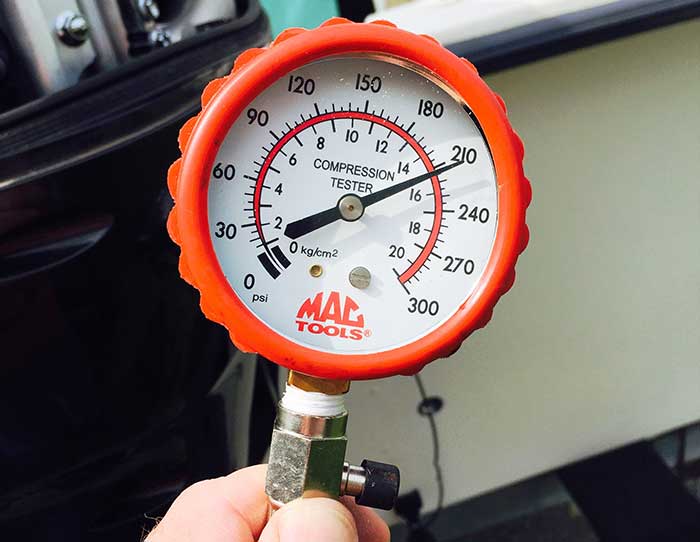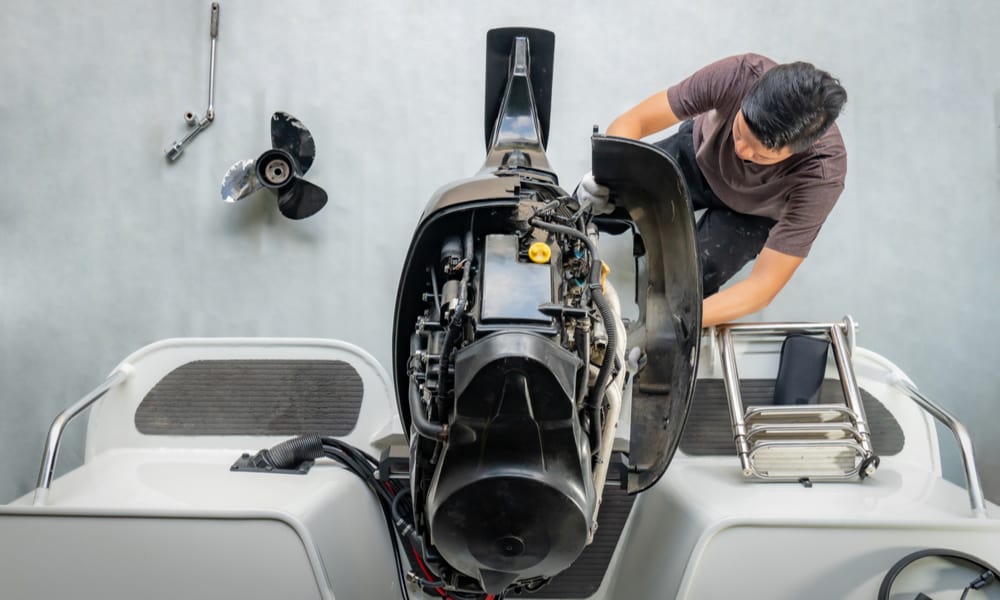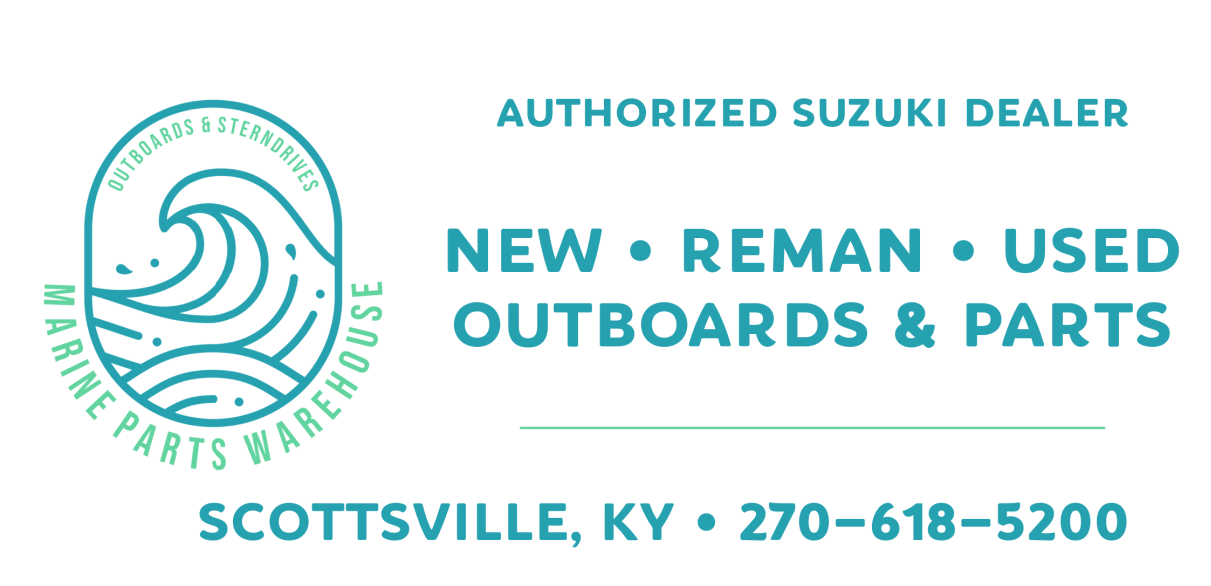Tips for Buying a Used Outboard Engine
Should I buy a New or Used Outboard?
An outboard is a large financial investment, is it a good idea to purchase an engine sight unseen? There are plenty of good used outboards for sale on the internet, but is it safe?
Yes it can be, In fact Marine Parts Warehouse specializes in used outboards!
BUT there are some dangers to be aware of. Here are a few tips to be aware of shopping for a used outboard whether you buy with us or not!
1. RESEARCH THE SELLER
If possible research the seller. If you are buying a used engine from a business, do your research. What are their reviews? Are they listed with the BBB? There are several fake websites "selling" used outboard engine and several people on Facebook in Groups like Outboard Trader that list engines for sale that they do not even possess. Can you call and speak with them over the phone? What are their payment methods?
If you can't really research the seller, be prepared to ask several questions about the engine.
1. COMPRESSION TEST
Every outboard that we get ready to sell starts with a compression check. Good compression generally means the rings and cylinder walls are in good order. Not many engine manufacturers will give a cranking compression reference standard for their engines. There are too many variables. What they typically write in service manuals is that the readings should all be within 10 PSI of each other. For older models and high-performance engines, readings should usually be in the 115 to 140 PSI range, again depending on the engine make, year, and model. Four-stroke engines can produce much higher compression. Again, the readings should be within 10 PSI of each other. The compression numbers for every engine for sale by Marine Parts Warehouse are provided in the listing.

2. RUN THE ENGINE
If possible, ask to run the engine. Hopefully, the motor is still on the boat, so you can take it down the boat ramp and identify these problems before they bite you. Is it hard to start? Does it idle OK? Does it run smoothly or are there odd vibrations or noises that don’t sound right? Each engine that is purchased and picked up from Marine Parts Warehouse here in KY is run in person for the buyer. AND we run a compression test for you in person. If you are having an engine shipped, we provide a video of every engine we sell running.
3. CHECK ENGINE OIL
If you’re buying a four-stroke then, just like a car, you want to check the color of the engine oil. It should be clean and translucent. If it smells burnt and horrible, you may want to check it out a bit more.
4. CHECK THE GEARCASE OIL
If the oil is milky in color then it’s likely the seals are leaking water into the gearbox. If it’s black, it could be due for an oil change. If it’s clean and translucent, it’s probably just been replaced. Be sure the oil has been replaced as part of routine maintenance and not to hide a problem. Every engine we sell has the gearcase engine oil changed as part our inspection process.
I’d drain the oil and use a pressure and vacuum on the gearbox to see if the seals are holding up as they should be.
5. CHECK TRIM AND TILT SEALS
This is easily done by looking around the trim and tilt rods and inspecting for leaking fluid. Trim the unit up and down, making sure there are no shudders and that the trim and tilt can hold the engine up without slowly leaking down.
7. ENGINE HOURS
Lower engine hours generally mean the engine has done less work and theoretically should have a longer lifespan than a motor with high hours. There are exceptions to the rule, though, as an engine with high hours that has followed a strict maintenance schedule may be in better condition than a lower-hours engine that hasn’t followed a service schedule. Every engine that we can hook up the computer to pull the hours, that engine is always provided to the customer.

Posted by Baxter


